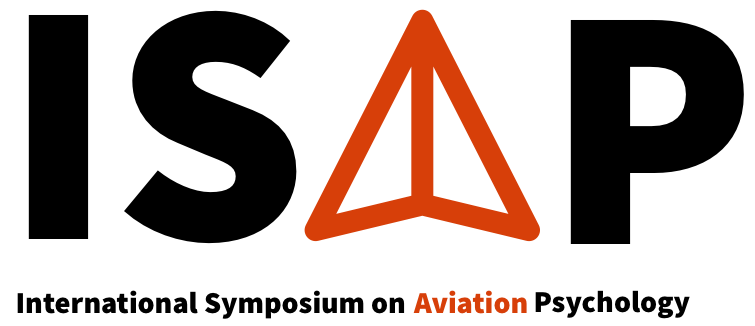
1919 in Aviation History
In 1919, aviation was consolidating the incredible technological gains that had accrued from World War I. As primitive as World War I aircraft may appear to modern eyes it is remarkable to consider how much progress had occurred in less than 20 years. In 1903, the world was amazed by the Wright Brothers’ first successful flight of a mere 120 feet. But, quick progress ensued, with farther and higher flights happening one after another in rapid succession. Nevertheless, the progress made in terms of speed, altitude, and maneuverability of aircraft performing fighter, bombing, and reconnaissance missions during the war would have been inconceivable prior to the war.
In the immediate aftermath of the war, military budgets were slashed and military aviation was cut back to the bone. But, if military development of aviation slowed, civilian development exploded, fueled by a handful of visionaries and aviators the world over.
The Birth of Commercial Aviation
The German airline Deutsche Luft-Reederei provided the first sustained daily passenger service between Berlin and Weimar in February, using modified ex-military aircraft. Their network was expanded to Hamburg a month later. In March, Lignes Aériennes Farman started the first regular international route between Paris and Brussels. The flight lasted almost 3 hours. In October, the Dutch Airline Koninklijke Luchtvaart Maatschappij (KLM) was formed. In November, the United States airline West Indies Airways began service between Key West, Florida and Havana. In addition to the commercial airlines sprouting up around the world, numerous airmail operations began in 1919. All these business developments encouraged aircraft manufacturers to develop new aircraft for the civilian market. For example, in June of 1919, the German Junkers company flew the first all-metal commercial aircraft, the Junkers F13 (see photo).

Ad Astra Aero S. A.: Junkers F13 (CH 92). Author Unknown (Public Domain).
Aviation Prize Competitions
Bolstering the commercial activity, both wealthy individuals and governments in the post-war years used prizes to further spur the expanding aviation technology and accomplishments. One great example was the Australian government offer of 10,000 Australian Pounds for the first Australians to fly from Britain to Australia. Six teams undertook the challenge. The winners were the brothers Ross Macpherson Smith and Keith Macpherson Smith along with two mechanics flying a modified World War I Vickers Vimy bomber (see photo). The flight was completed in a number of stages with the total distance estimated at about 11,213 miles and took less than a month to complete. The four men split the prize money, the two brothers each received a knighthood, and the aircraft is still on display at the Adelaide Airport.

Ross and Keith Smith Vickers Vimy biplane, 1919. John Oxley Library, State Library of Queensland (Public Domain)
